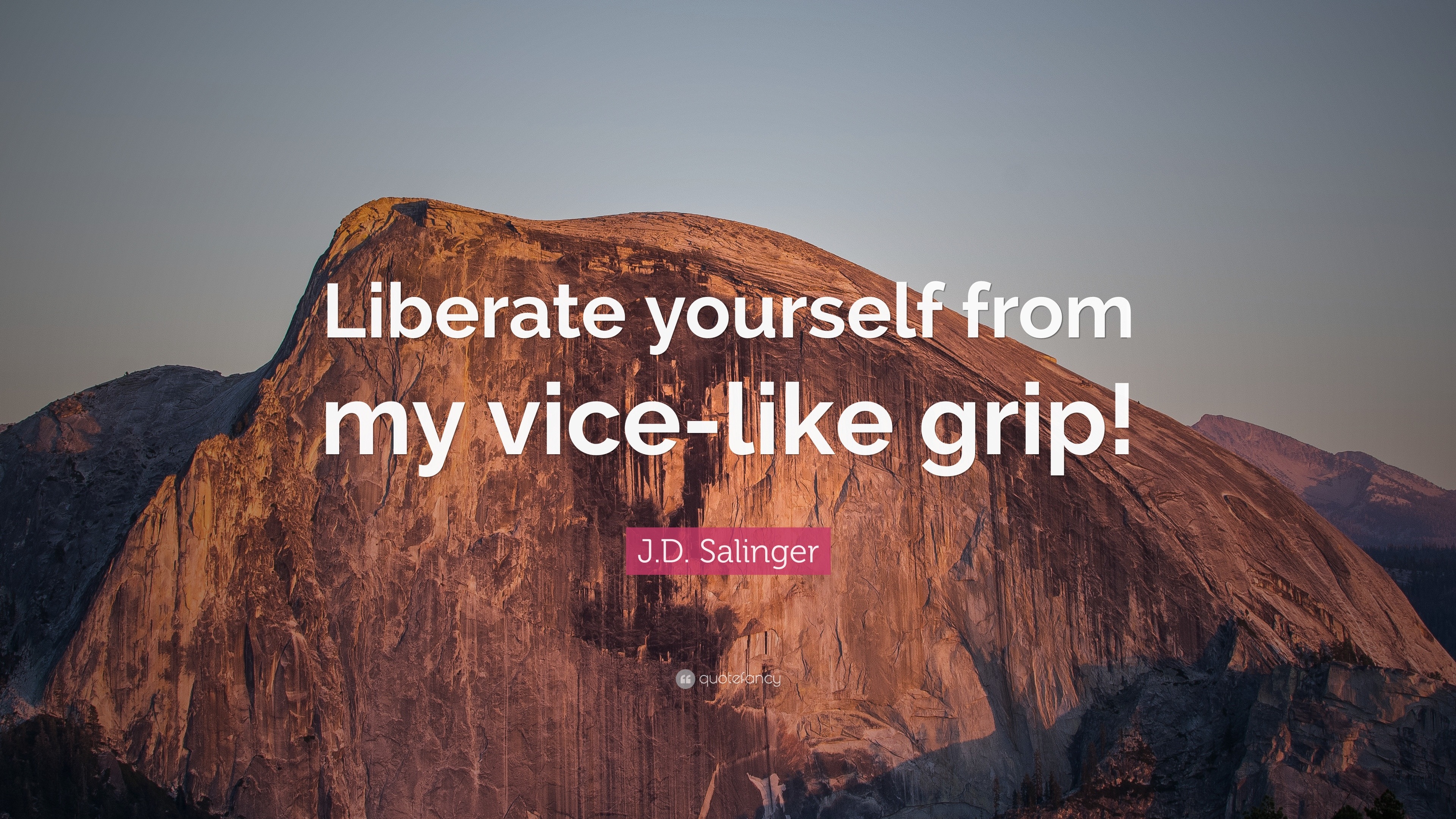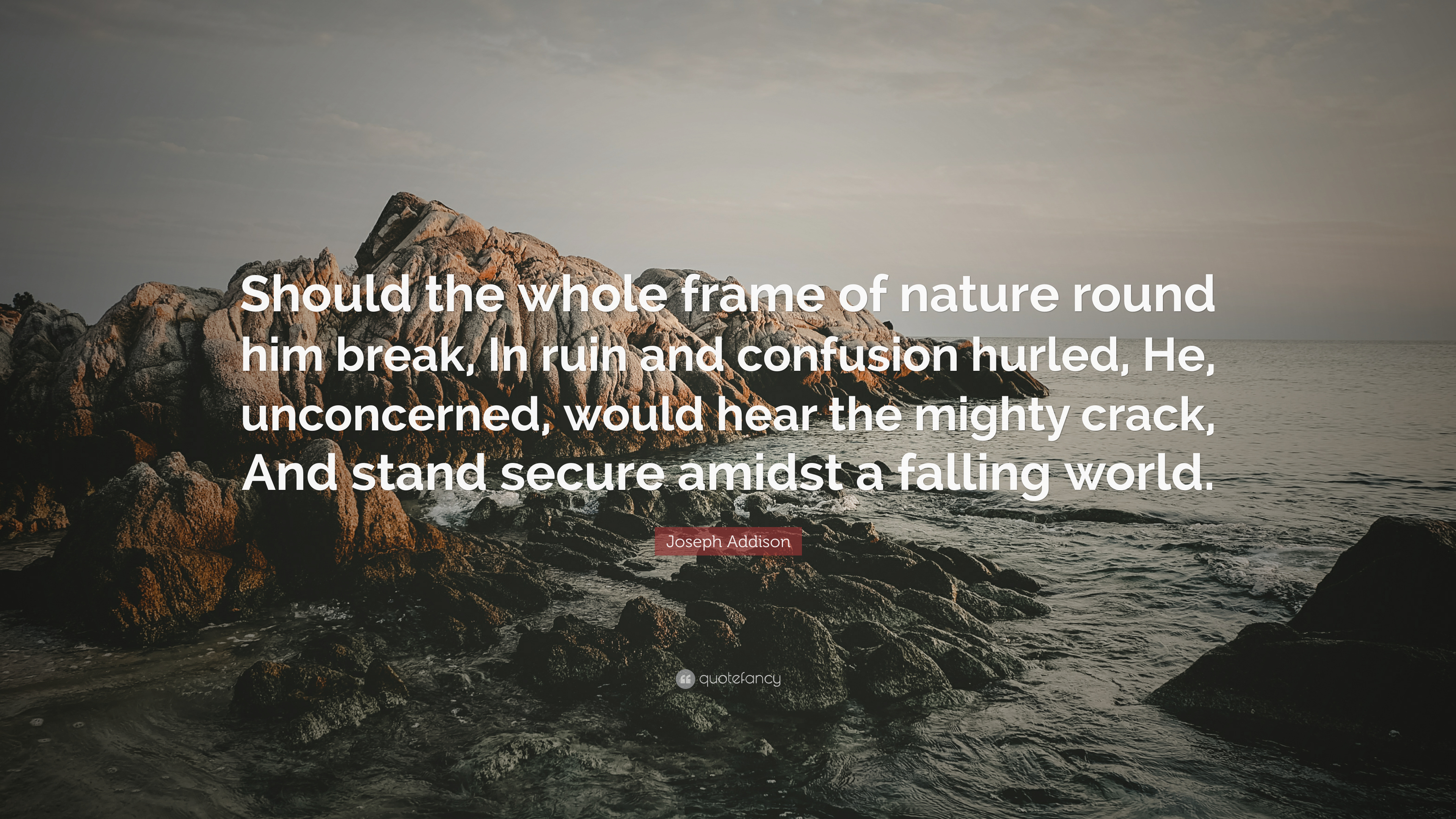This is especially important if your work likewise includes other people's materials certified through the Creative Commons; CC BY-ND: permits redistribution, industrial and non-commercial, as long as it is passed along the same and in entire, with credit to you; CC BY-NC: lets others remix, tweak, and develop upon your work non-commercially, and although their new works need to also acknowledge you and be non-commercial, they don't need to certify their acquired deal with the very same terms; CC BY-NC-SA: lets others remix, fine-tune, and develop upon your work non-commercially, as long as they credit you and accredit their new developments under the identical terms; CC BY-NC-ND: the most limiting of the 6 primary licenses, only permitting others to download your works and share them with others as long as they credit you, but they can't change them in any way or utilize them commercially.
If in doubt, consult a curator. There are many 'repositories' of open educational resources (see for circumstances, for post-secondary education, MERLOT, OER Commons, and for k-12, Edutopia). The Open Professionals Education Network has an exceptional guide to finding and using OER. However, when looking for possible open instructional resources on the internet, check to see whether the resource has an Imaginative Commons license or a declaration offering permission for re-use.
There are many 'repositories' of open educational resources (see for circumstances, for post-secondary education, MERLOT, OER Commons, and for k-12, Edutopia). The Open Professionals Education Network has an exceptional guide to finding and using OER. However, when looking for possible open instructional resources on the internet, check to see whether the resource has an Imaginative Commons license or a declaration offering permission for re-use.
For circumstances, many sites, such as OpenLearn, allow only private, personal use for non-commercial functions, which means supplying a link to the website for trainees rather than integrating the products straight into your own teaching. If in any doubt about the right to re-use, consult your library or intellectual residential or commercial property department.
The main criticism is of the bad quality of much of the OER readily available at the minute reams of text without any interaction, frequently readily available in PDFs that can not easily be altered or adjusted, crude simulation, inadequately produced graphics, and styles that fail to explain what scholastic concepts they are meant to show.
Industrial providers/publishers who produce trust through advertising, market protection and glossy production, might exploit this mistrust of the totally free. Belief in quality is a significant chauffeur for OER efforts, however the issue of scale-able methods of guaranteeing quality in a context where all (in concept) can contribute has actually not been fixed, and the question of whether quality transfers unambiguously from one context to another is hardly ever [dealt with].
If OER are to be used up by besides the developers of the OER, they will require to be well developed. It is perhaps not surprising then that the most pre-owned OER on iTunes University were the Open University's, till the OU established its own OER portal, OpenLearn, which offers as OER primarily textual materials from its courses created specifically for online, independent study.
Hampson (2013) has actually suggested another factor for the sluggish adoption of OER, primarily to do with the professional self-image of lots of professors. Hampson argues that professors don't see themselves as 'simply' teachers, but creators and disseminators of new or original understanding. Therefore their teaching needs to have their own stamp on it, that makes them hesitant to honestly incorporate or 'copy' other individuals's work.
It can be argued that this reason is ridiculous all of us base on the shoulders of giants however it is the self-perception that is necessary, and for research study professors, there is a grain of reality in the argument. It makes sense for them to focus their teaching by themselves research.
For instance, Coursera MOOCs are free, but not 'open': it is a breach of copyright to re-use the product in most Coursera MOOCs within your own teaching without permission. The edX MOOC platform is open source, which implies other organizations can embrace or adapt the portal software application, however institutions even on edX tend to keep copyright.
There is also the issue of the context-free nature of OER. Research study into discovering shows that material is best learned within context (based learning), when the learner is active, which above all, when the student can actively construct understanding by establishing meaning and 'layered' understanding. Material is not static, nor a product like coal.
Knowing is a vibrant procedure that needs questioning, change of prior finding out to integrate brand-new concepts, screening of understanding, and feedback. These 'transactional' procedures require a combination of individual reflection, feedback from an expert (the instructor or trainer) and a lot more significantly, feedback from and interaction with pals, household and fellow learners.
In other words, OER are just like coal, sitting there waiting to be packed. Coal obviously is still an extremely valuable product. However it needs to be mined, saved, shipped and processed. More attention requires to be paid to those contextual aspects that turn OER from raw 'material' into an useful knowing experience.
For an useful introduction of the research study on OER, see the Evaluation Project from the Open Education Group. Another crucial research study task is ROER4D, which aims to offer evidence-based research study on OER adoption across a variety of countries in South America, Sub-Saharan Africa and Southeast Asia. In spite of these limitations, teachers and trainers are significantly developing open educational resources, or making resources easily available for others to utilize under an Innovative Commons license.
As the quantity of OER expands, it is more most likely that instructors and instructors will increasingly be able to discover the resources that best match their particular teaching context. There are therefore a number of options: take OER selectively from in other places, and integrate or adjust them into your own courses; develop your own digital resources for your own mentor, and make them offered to others (see for circumstances Creating OER and Integrating Licenses from Florida State University); develop a course around OER, where students have to discover content to solve issues, write reports or research on a subject (see the situation at the beginning of this chapter); take an entire course from OERu, then construct trainee activities and assessment and supply student assistance for the course.
For instance, MIT's OpenCourseWare (OCW) might be used just for interest, or trainees who fight with the topics in a class lecture for a credit course might well go to OCW to get an alternative method to the exact same subject (see Circumstance B). Despite a few of the existing limitations or weak points of OER, their use is most likely to grow, simply since it makes no sense to develop everything from scratch when good quality products are easily and easily available.
This will just grow gradually. We shall see in Area 11. When you have any kind of concerns regarding where by and the best way to employ visit the up coming webpage, you are able to email us on our website. 10 that this is bound to change the way courses are developed and offered. Indeed, OER will prove to be among the necessary features of mentor in a digital age. 1. Have you used OER in your own course( s)? Was this a positive or unfavorable experience? 2.
When you have any kind of concerns regarding where by and the best way to employ visit the up coming webpage, you are able to email us on our website. 10 that this is bound to change the way courses are developed and offered. Indeed, OER will prove to be among the necessary features of mentor in a digital age. 1. Have you used OER in your own course( s)? Was this a positive or unfavorable experience? 2.
Under what scenarios would you be prepared to develop or convert your own material as OER? Falconer, I. et al. (2013) Overview and Analysis of Practices with Open Educational Resources in Adult Education in Europe Seville, Spain: European Commission Institute for Prospective Technological Studies Hampson, K. (2013) The next chapter for digital instructional media: content as a competitive distinction Vancouver BC: COHERE 2013 conference Hilton, J., Wiley, D., Stein, J., & Johnson, A.





